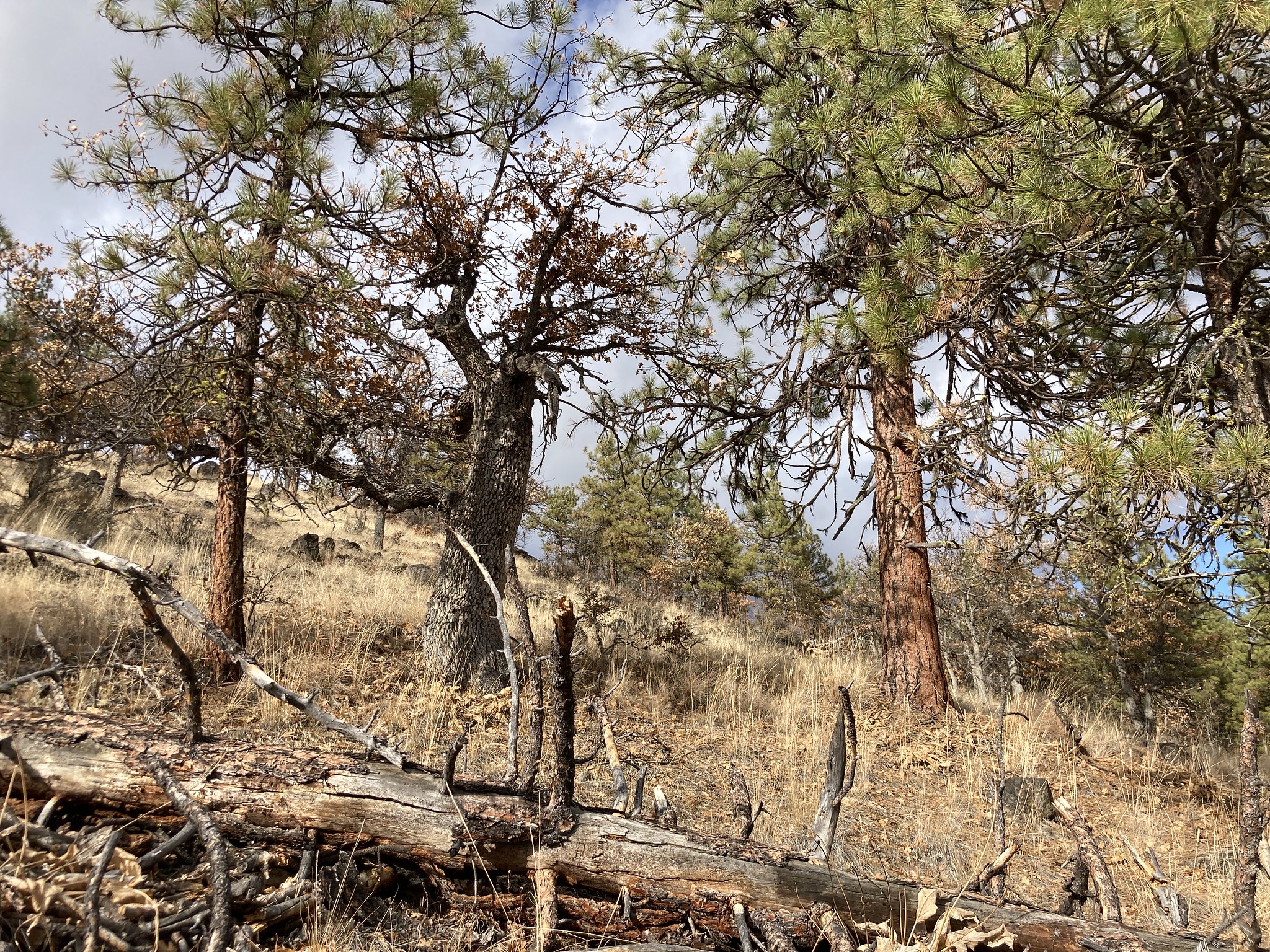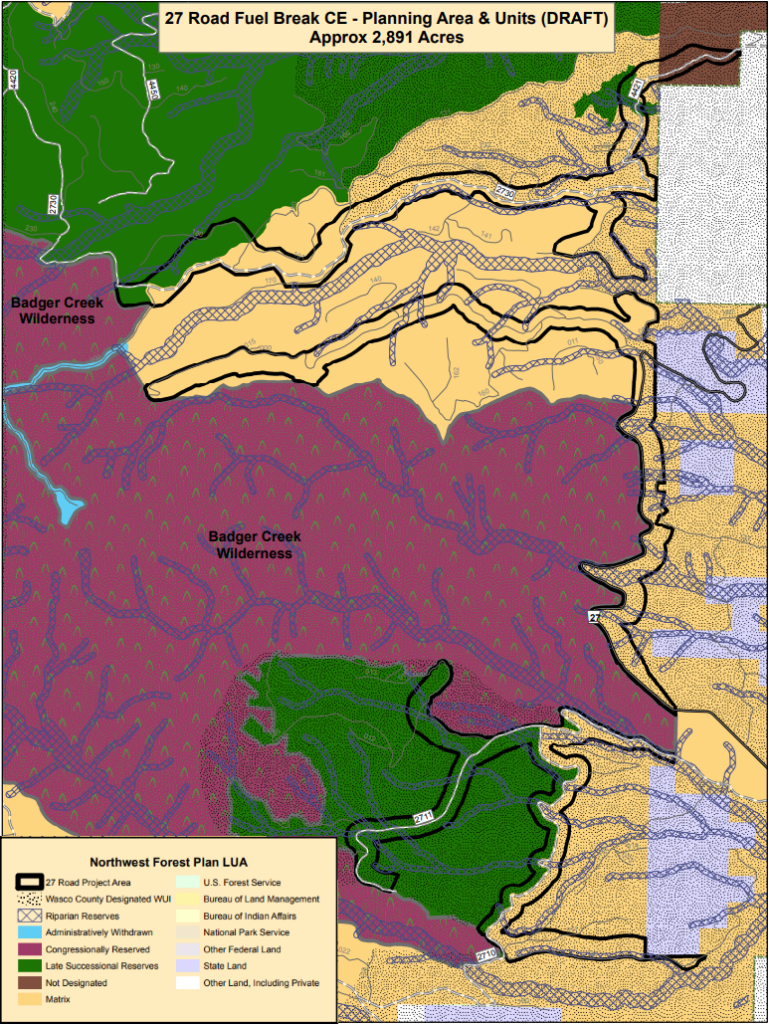Bark Alert: Continued Trend of Using “Categorical Exclusions” to Manage Mt. Hood

Dear Friend of the Forest,
With just 700 words tucked into the over 1,000 pages of the Infrastructure Investment and Jobs Act (Sec. 40806, p. 682), Congress gave the US Department of Agriculture and Department of the Interior the authority to use another new type of Categorical Exclusion (CE), referred to as a Fuel Break CE, in their land management projects. Like other CEs, the establishment of Fuel Breaks will not require an Environmental Assessment (EA) or Environmental Impact Statement (EIS) that the National Environmental Policy Act (NEPA) has historically required for land management projects of this size and scope.
A Fuel Break CE allows for the reduction of “fuels” (live and dead trees, shrubs, logs, tree leaves/needles, etc.) by hand or with mechanical machinery, application of pesticides and herbicides, and prescribed fire. Fuels reduction may occur in a 1,000ft wide area along an existing “linear feature” (roads, powerlines, pipelines, water infrastructure) with a total area of up to 3,000 acres. And unlike earlier, similar CEs intended for wildfire and forest resiliency, the Fuel Break CE does not explicitly prioritize the retention of old-growth and large fire-resistant trees.
The 27 Road System Fuel Break Project, currently being planned on the Barlow Ranger District, is the first time the new Fuel Break CE will be used on Mt. Hood National Forest. The project would create a fuel break along the road system east of Badger Creek Wilderness, intending to protect the Pine Hollow community from “uncharacteristic or catastrophic wildfire.”

But the project would call for work to be done in many sensitive areas; directly alongside protected wilderness, within Late-Successional Reserves (areas reserved to protect and enhance old-growth forest ecosystems), within Riparian Reserves (areas alongside rivers and streams), and in northern spotted owl habitat.
Even with those special considerations, Forest Service staff are calling for a quick timeline for planning. There will be a 30-day public comment period in July, with a final signed decision expected in September. With such a hastened timeline, I need your help.
In the coming weeks, I will be surveying the proposed project area to gather information about the conditions of the landscape. This vital information allows Bark to provide informed input to Forest Service staff and to hold the Agency accountable. I hope you’ll join me on the dates below!
- June 3 Groundtruthing Day
- June 10 Groundtruthing Day
- June 22 – 25 Groundtruthing Campout!
- July 7 Groundtruthing Day
For the Forest,
Jordan Latter, Forest Watch Coordinator